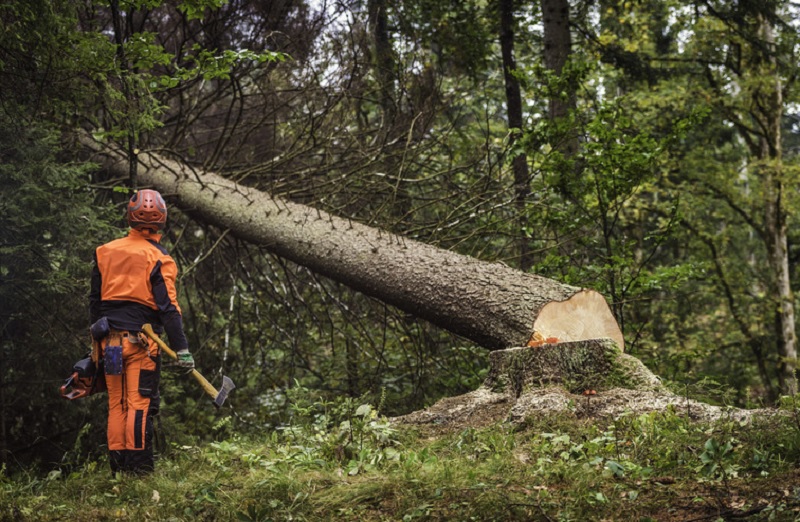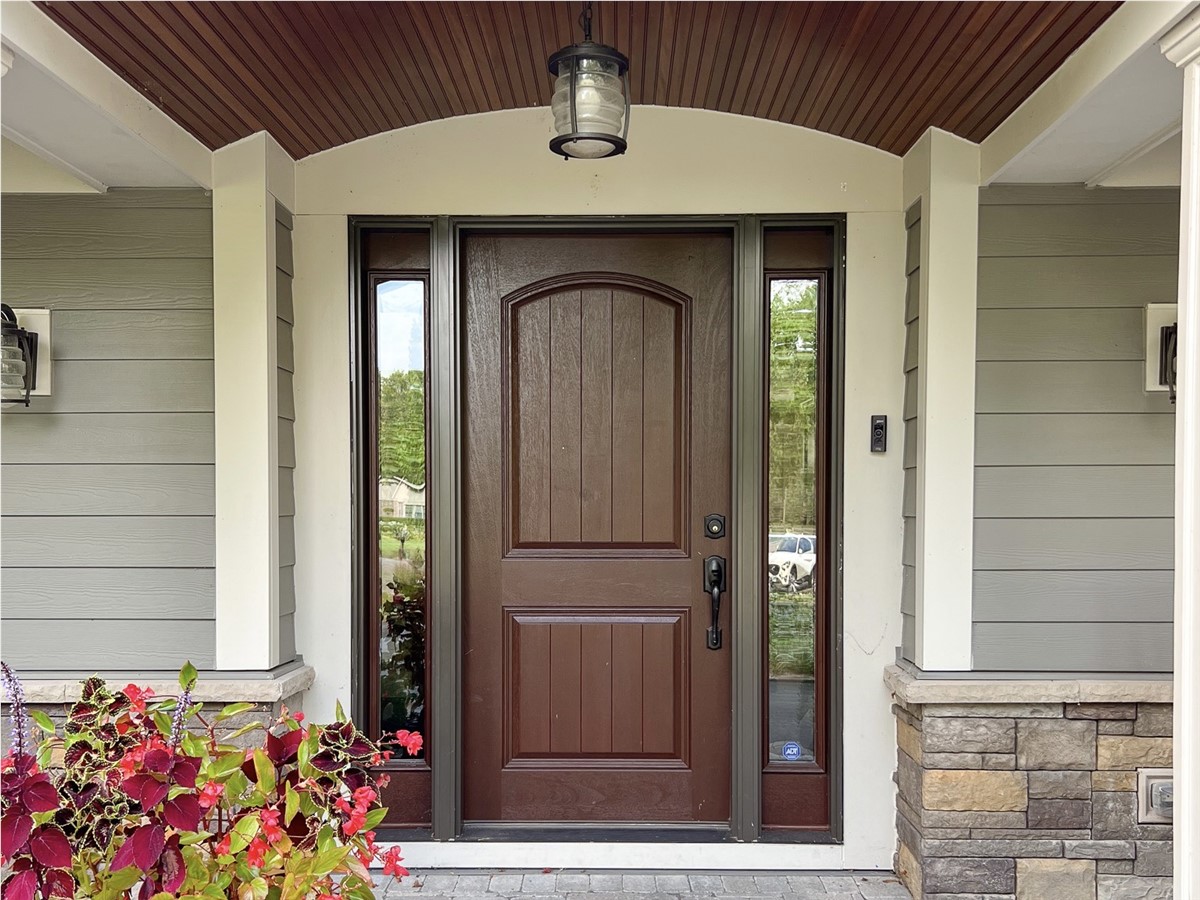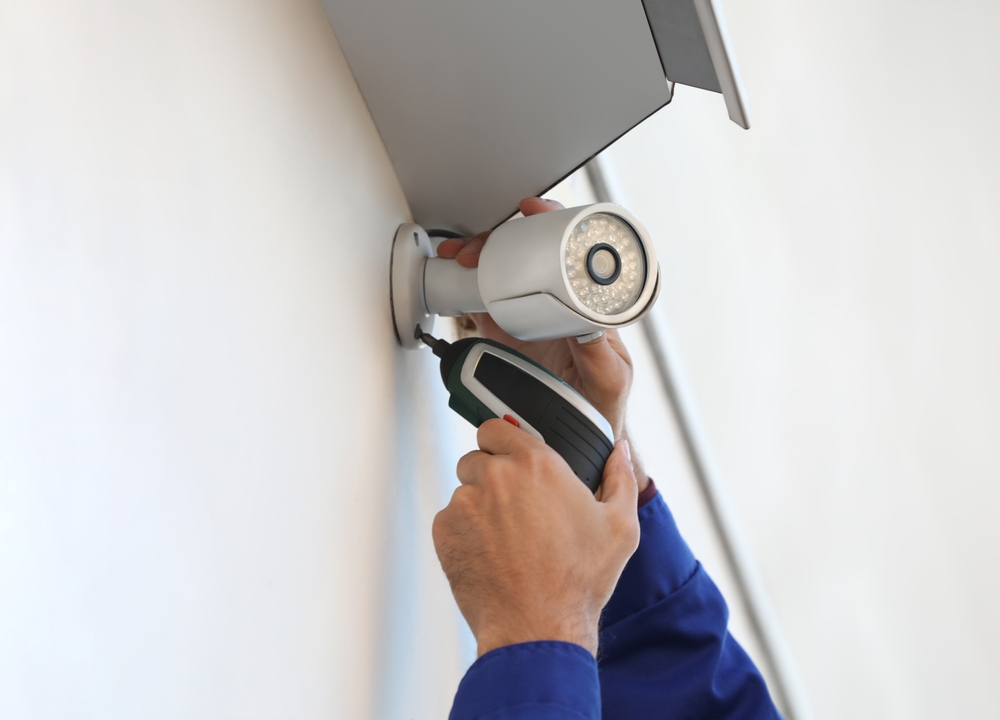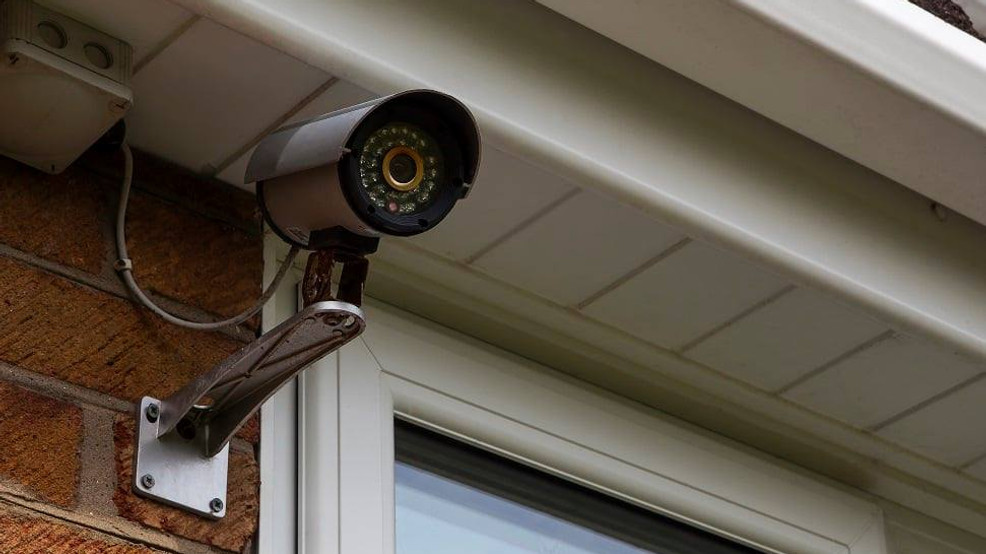When it comes to maintaining the health and aesthetics of your trees, there are two essential procedures that homeowners often consider: tree removal and tree trimming. While both involve altering the structure of a tree, they serve different purposes, and understanding the distinction between the two can help ensure you make the right choice for your property. Whether you’re dealing with a dangerous tree or simply looking to enhance the appearance of your landscape, this article will outline the differences, benefits, and considerations of each process to help you make an informed decision.
What is Tree Removal?
Tree removal refers to the complete removal of a tree from a property. This process involves cutting the tree down to its base and removing the entire structure, including the trunk, branches, and roots. Tree removal is typically done for one of several reasons: safety concerns, tree health issues, construction or landscaping purposes, or when the tree poses a risk to surrounding structures or infrastructure.
When is Tree Removal Necessary?
- Tree Health Issues: If a tree is diseased, infested with pests, or has significant structural damage, removal might be necessary to prevent the spread of disease to surrounding vegetation and ensure safety.
- Safety Concerns: A tree that is leaning or showing signs of instability can pose a significant threat, especially in storm-prone areas. A professional arborist can assess whether removal is required.
- Property Development: If you’re building or remodeling, trees that interfere with construction or landscaping might need to be removed.
- Space and Aesthetic Preferences: Sometimes, a tree may simply be in the wrong location or detract from the overall design of a garden or yard, prompting the need for removal.
Environmental Considerations of Tree Removal: While removing a tree might seem like a practical solution, it’s important to consider the environmental impact. Trees play a crucial role in carbon sequestration, providing habitat for wildlife, preventing soil erosion, and contributing to the water cycle. Before opting for removal, it’s important to explore all other options, such as pruning or relocating the tree, if feasible.
What is Tree Trimming?
Tree trimming, also known as tree pruning, involves the selective removal of certain parts of a tree, such as dead or diseased branches, overgrown limbs, or parts that are interfering with structures like power lines or buildings. Trimming doesn’t involve removing the entire tree; instead, it focuses on maintaining the health and appearance of the tree by improving its structure.
When is Tree Trimming Necessary?
- Dead or Diseased Branches: Removing dead or diseased branches helps to preserve the overall health of the tree by preventing the spread of disease or decay.
- Improving Tree Shape: Regular trimming can enhance the shape of the tree, ensuring it grows in a way that’s visually appealing and balanced.
- Safety: If tree branches are hanging dangerously close to buildings, power lines, or walkways, trimming is necessary to reduce the risk of damage or injury.
- Encouraging Growth: Trimming can stimulate the growth of new branches and improve the overall health of the tree by allowing sunlight and air to reach more of the tree’s structure.
Benefits of Tree Trimming:
- Tree Health: By removing unhealthy branches, trimming helps the tree focus its energy on new growth, strengthening its overall structure.
- Aesthetic Appeal: Regular trimming ensures that trees maintain a neat and pleasing appearance, contributing to the beauty of the landscape.
- Safety: Trimming reduces the risk of branches falling onto structures or people, particularly during storms or high winds.
- Improved Airflow and Sunlight Exposure: By reducing overcrowding in the canopy, trimming allows more light to reach the interior of the tree, which can improve photosynthesis and overall vitality.
Key Differences Between Tree Removal and Tree Trimming
While both tree removal and tree trimming involve modifying a tree’s structure, there are distinct differences that set the two procedures apart.
- Scope of Work:
- Tree removal is a more extensive process that involves removing the entire tree, including its roots and stump.
- Tree trimming, on the other hand, focuses on removing specific branches or parts of the tree to improve its health and appearance.
- Purpose:
- The primary goal of tree removal is to eliminate a tree that is either dead, diseased, dangerous, or obstructing development.
- Tree trimming’s purpose is to maintain the tree’s health, shape, and safety while encouraging healthy growth.
- Impact on the Environment:
- Tree removal has a more significant impact on the environment, as it eliminates the tree’s ability to provide ecosystem services such as carbon sequestration and wildlife habitat.
- Tree trimming is less disruptive and, when done properly, can help ensure that the tree remains healthy and continues to contribute to the environment.
- Cost and Complexity:
- Tree removal is typically more expensive due to the complexity of the process, including the removal of the trunk, branches, and roots, as well as disposal.
- Tree trimming is usually less costly and can often be done on a more regular basis, as it involves less labor and fewer materials.
When Should You Choose Tree Removal or Tree Trimming?
Deciding between tree removal and tree trimming depends on several factors, including the condition of the tree, your goals, and the overall health of the surrounding environment. If a tree is posing a risk to safety or is beyond saving due to disease or damage, removal may be the best option. However, if the tree is healthy but needs some maintenance to improve its structure or appearance, trimming is the more appropriate choice.
Before making a decision, it’s advisable to consult with a certified arborist who can assess the tree’s condition and recommend the best course of action based on your specific needs. Arborists can provide insight into whether trimming can prolong the tree’s life or if removal is necessary for safety reasons.
Conclusion
Both tree removal and tree trimming are essential components of tree care, but they serve very different purposes. Tree removal is a more drastic measure, typically reserved for trees that pose safety hazards or are beyond recovery, while tree trimming helps maintain the health, appearance, and safety of trees. Understanding the differences between the two processes can help you make the right decision for your property. If you’re uncertain, always seek professional advice to ensure that your tree care decisions are made with the health of your landscape and the environment in mind.















